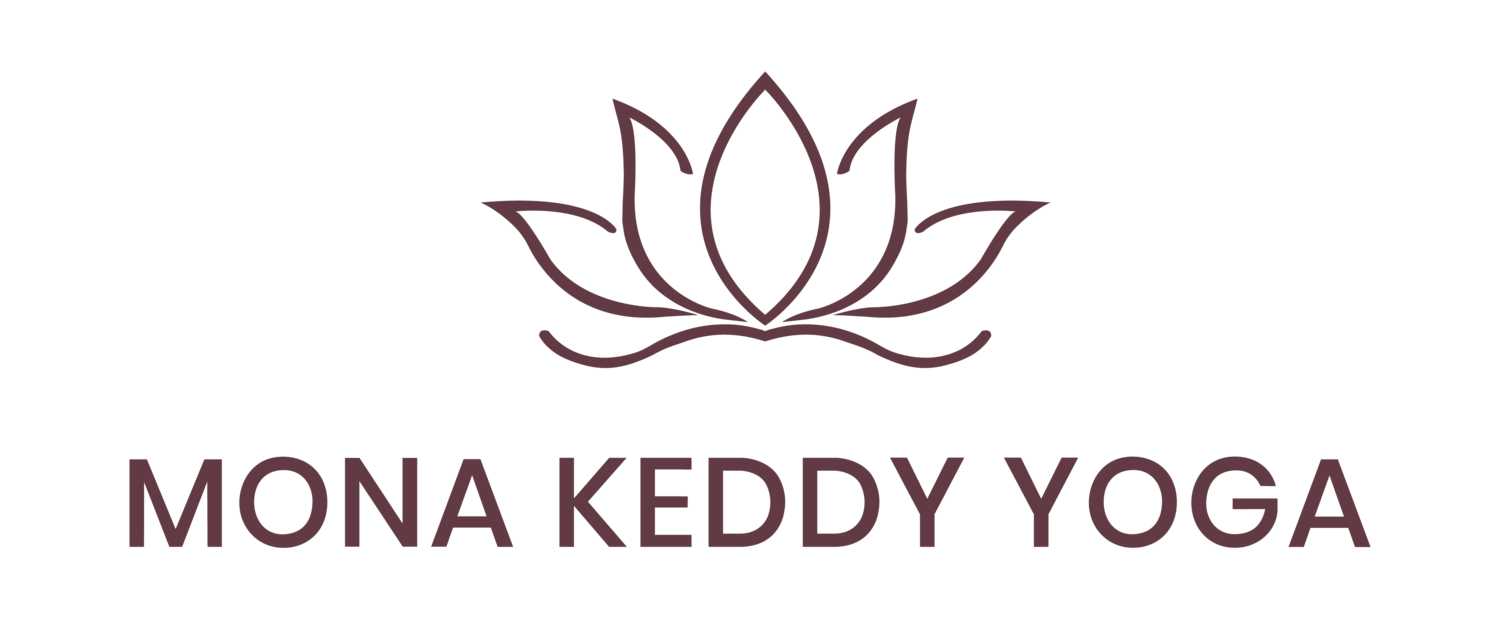The Conversation of Embodiment – Continued
June 25, 2013
Scene: Yogi sitting in Gomukhasana starting to fold forward.
Ensuing internal conversation.
Mind: (recording information) Pain in my right hip! Pain! Pain! This is pain!
Ego: This is too much. Get out of this pose. Now! I am about to die here.
Intelligence: Wait a minute, Mind. Ego, take a breath. Mind, have you been here before?
Mind: Yes
Intelligence: Ego, did you die last time?
Ego: Well, no … but maybe I will this time.
Intelligence: What would happen if you didn’t go forward?
Mind: Hmmm. Recording less pain.
Ego: It’s not so bad. I am still alive.
Intelligence: Let’s move a little slower. Mind, do you still have pain?
Mind: Actually, pain has gone away. Sensation levels are minimal.
Ego: (exaltedly) Alive! I’m alive.
Intelligence: What if you folded forward a little now?
Mind: Okay
Ego: Careful.
Mind: Pain!
Ego: Oh no!
Intelligence: Wait. Breathe. See what happens.
Mind: Tolerable sensation.
Ego: Right, it’s okay.
Intelligence: Can we please remember this!?!
Understanding the inner workings of the layers of our thought-processes is at the heart of the yoga journey. Yoga philosophy says that we have three parts to our consciousness. The first is our mind or manas in Sanskrit, which takes in and processes our sensory information. It makes registers sensation, fluctuates and oscillates. It is where the incessant thoughts of daily life dwell.
The second part is our ego or small “s” self, ahamkara. It holds our personality, responds in terms of attraction or aversion and colours our world in black and white. It is threatened by death and responds accordingly.
The third aspect is our intelligence, our wisdom mind, or buddhi in Sanskrit. It has the ability to make self-aware choices through discernment and exertion of right effort or will. It is our ability to listen to this level of our consciousness that takes us out of the endless cycle of sensory information, automatic response and predictable result.
As I wrote about last week, as our yoga practices deepens, our ability to hear and listen to our discerning or wise mind deepens. We learn how to respond to differently in similar situations. Here is an example.
Early on in my yoga journey, I encountered intense shooting pain in one leg after a long car ride to a yoga weekend workshop. I asked the teacher leading the weekend and she offered me several postures to relieve the situation. The most important, she said, was Gomukhasana, and she suggested that regular practice of this asana might provide relief.
Initially, this pose was filled with sensation on one side and basically unbearable on the other. The manas layer of my mind had a field day with this. I stayed longer on the easier side where minimal sensation was recorded and lasted only minimal breaths on the side where more sensory information was being communicated. My ego coloured this experience dualistic – good one on side, bad on the other.
At the same, the buddhi was awakened through the voice of my teacher, whom I trusted. “Stay,” it said. “Continue. Practice.” Mr. Iyengar says it is in the cauldron of home practice where the buddhi is truly awakened. In class, we rely on the buddhi of the teacher. In my home practice, I experimented with staying, listening, learning. I understood that what was initially experienced, as pain was really intense sensation. I didn’t have to come out. I could breathe. With the breath, I could stay longer on the “bad” side. Through this practice, over time, I learned to listen to and discern the difference between the shouting out of a sensation that was dramatic, intense and not actually pain. As a result of listening to this layer of my consciousness, I move out of the endless round of sensation, memory, automatic response, repeated result. I am liberated.
More next week about how to work in specific poses to awaken the buddhi or wisdom mind.

